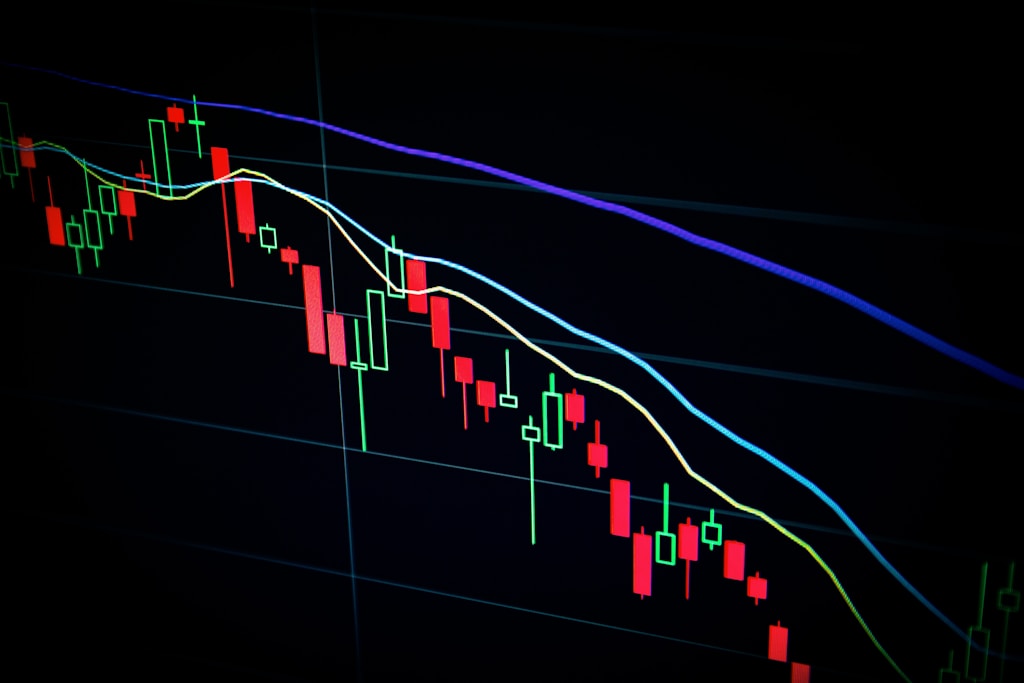Prediction markets are signaling bullish sentiment for Ethereum as traders on Myriad Markets place significant bets on ETH’s future price movements. This comes amid broader market speculation involving high-profile figures and major sporting events.
Key Predictions from Myriad Markets
Myriad Markets, a decentralized prediction platform, has become the focal point of several major market forecasts, with Ethereum’s price trajectory taking center stage. This aligns with recent analysis showing that Ethereum’s price pattern signals a potential massive rally ahead.
Ethereum Price Outlook
Market participants are actively trading on Ethereum’s future performance, with significant capital being deployed to back these predictions. Technical indicators suggest a potential continuation of the upward trend, supported by increasing institutional interest and network fundamentals.
Musk-Trump X Platform Drama
A notable prediction market has emerged around the potential removal of former President Trump from X (formerly Twitter) by Elon Musk. This situation has particular relevance to crypto markets, as previous interactions between Trump and Musk have significantly impacted crypto prices.
SPONSORED
Trade Ethereum with up to 100x leverage and maximize your profit potential
French Open Market Impact
The integration of sports betting markets alongside crypto predictions demonstrates the expanding scope of decentralized prediction platforms, potentially driving broader adoption of crypto trading mechanisms.
FAQ Section
What is Myriad Markets?
Myriad Markets is a decentralized prediction market platform where users can trade on various outcomes, from crypto prices to real-world events.
How do prediction markets influence crypto prices?
Prediction markets can serve as leading indicators for price movements by aggregating collective market sentiment and wisdom.
What factors are driving Ethereum predictions?
Current predictions are influenced by technical analysis, network upgrades, institutional adoption, and broader market conditions.



